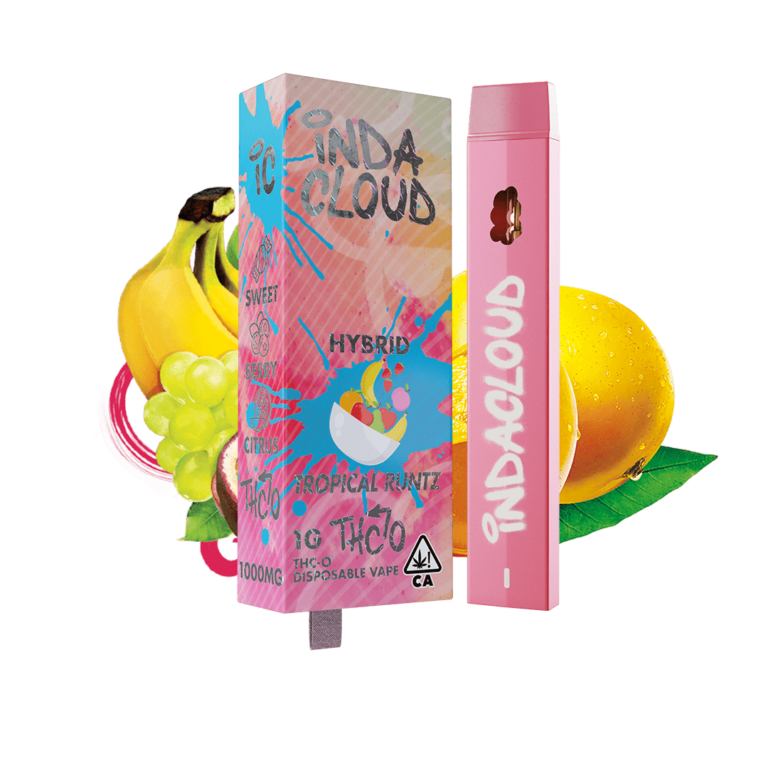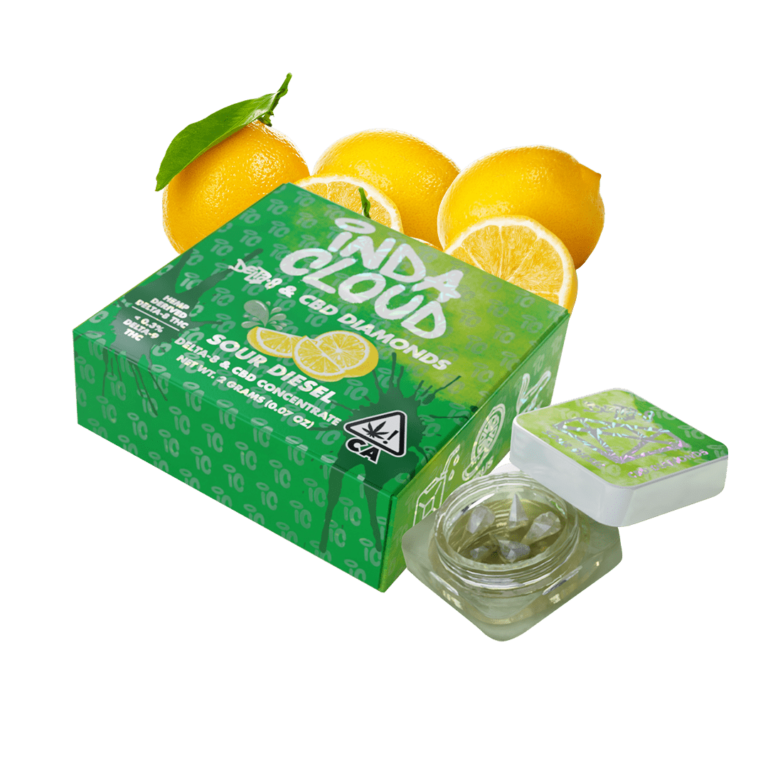
The Benefits and Risks of THCC

THC can trigger a variety of health problems. Some of these include anxiety, depression and other psychiatric conditions. Some of the side effects include headaches and dizziness. The benefits and dangers of THC depend on the amount is taken.
Concentrates
Using concentrated forms of THC can be an extremely dangerous practice if handled improperly. The dangers extend beyond health complications. Apart from creating physical dependence, these concentrations could increase the risk of addiction.
In some states, it is illegal to inhale THC concentrate. If you suspect you're dealing with THC concentrates, you must immediately contact the local law enforcement agency.
Concentrated THC is a potent version of marijuana. It can produce a fast-acting psychoactive effect. It contains a high amount of THC and is often found in the form of a waxy substance. The wax is a thick liquid that appears like butter or a gooey squishy wax known as budder.
Concentrates of THC can be taken in the form of smoke, added to food or drinks, or added to a lotion. They can also be used in vape pens. The most popular THC concentrates are shatter Budder, and dabs.
Dab is a slang phrase that means a high concentration of THC. Dabs can contain up to 80 percent THC. The process of vaporizing a dab involves heating the weed up to at or above 100 degrees. The liquid dab is then inhaled by a wick, and then heated to form the form of vapor. The dab is then inhaled.
Relaxation and euphoria are the most commonly reported effects of marijuana concentrations. Some users may also experience an increase in appetite.
Concentrates of THC are a growing trend in teens. This has resulted in numerous issues that include mental health issues. In addition to the health implications teens who smoke cannabis regularly are at risk to experience a lack of development, weak mental connections in their brains, and an increased chance of developing addiction.
Edibles
THCC edibles, a kind of cannabis that is legalized in Minnesota are a form of. There are a variety of edibles. Some are baked items, and others are candies. They are adored for their discrete consumption and delicious flavor.
They may come in different doses and strength. Some contain just few milligrams, whereas others can contain 50 or
what is thc more. Your body and your emotions will determine the amount you decide to take. If you're just beginning to get used to eating food, start with smaller doses. Start with lower doses , and then gradually increase your dose.
5 mg is a good starting dose. Some edibles take as long as an hour to begin to take effect. You might feel more joyful if you eat them with a full stomach. The effects of the edibles will be slower if you have a full belly.
The duration of the effects of edibles is much longer than smoking. Peak blood levels of THC are reached around three hours after consumption.
THC might take longer to be metabolized by individuals who have more body fat. This is because the body needs energy to digest baked foods.
When you are choosing a product make sure to choose a store that offers advice on what is thc -
mouse click the next web site - type of edibles will suit you. Be sure to go through the directions on how to make use of the product. This will ensure that you experience a an experience that is consistent with the product.
You should consult your doctor before consuming THC edibles. You could be allergic to a particular ingredient or have a genetic predisposition.
Finding the right dose can be a difficult process. It is recommended to start with a lower dose if you are first trying to inhale THC.
Inhalation
Several studies have investigated the anti-nociceptive effects of inhalation of THC in laboratory rodents. However, preclinical animal models of non-combusted cannabinoid inhalation are not common until recently. Studies have previously revealed strain-related variations in THC effects. We wanted to see whether the effects of THC inhalation were different between two different laboratory rats.
Sprague-Dawley as well as Lewis rats were exposed to THC vapor. After each session, blood samples were taken. Each session was 30 minutes long. In addition an inhalation tail withdrawal latency assay was performed at 35, 60 and 120 minutes following inhalation. The degree of hypothermia determined through the measurement of body temperature 60 minutes after inhalation. The body temperature of female and male rats aged between 55 and 56 weeks was significantly decreased after inhaling THC for 40 minutes.
Plasma THC concentrations were consistent across rats of various sizes and strains. For both sexes the plasma THC levels did not differ significantly after inhalation of THC between 50 and 200 mg/mL levels. This could be due to lower intrapulmonary uptake as we increase dosages of drugs.
In the weeks 14 and 15 the second sub-cohort was assessed. The rats were anesthetized using an oxygen vapor mix and isoflurane. A number of groups were hypothermic over the course of the week. Unlike the first sub-cohort of animals, none were exposed to THC more than once a week.
Three factors were examined to determine the primary effects of the duration of time, the condition of vapour inhalation, and sexual sex. The effects of time, vapour inhalation and sex were significant. It was also discovered that these variables interact.
In the post-hoc analysis another factor was assessed. The analysis showed that there was a significant temperature difference between THC and PG. The extent of the decrease in temperature was higher in females than in males. The reduction in body temperature is a primary indicator of cannabinoid activity in rodents from the lab.
Long-term effects of the psychiatric disorders
Medicinal cannabis research is still in its early stages. The proposed neurobiological theories are mostly derived from studies on animals. However, evidence-based findings for specific isolators are emerging.
In recent studies, cannabis has been found to reduce symptoms of post-traumatic stress disorder (PTSD). These effects were evident in patients with PTSD. This prompted the development of various RCTs. However, further research is required.
The long-term effects of THC on psychiatric disorders is not known to be the case. Because most studies were conducted with low potency THC strains which is why it is difficult to know the long-term effects of thc on psychiatric disorders. Nevertheless, the findings are compelling.
One of the most important outcomes is cannabis's ability to lower CAPS. The reduction of 75% is one of the most impressive findings of recent RCTs.
Although the clinical benefits of cannabinoids are relevant in a small percentage of cases, the possibility of medicinal cannabis to reduce psychiatric symptoms is encouraging. The endocannabinoid endocannabinoid process has significant impact on anxiety and mood. It regulates the activation of the immune system, and
what is thc hypothalamic pituardial function. It may be involved in the development and the maintenance of bipolar disorder. However there are no clinical trials that have examined cannabinoids to treat bipolar disorder.
Evidence also suggests a link between cannabis that is whole plant and symptoms of PTSD. This link has been found to be associated with returned armed services veterans.
Patients in psychiatric hospitals should be evaluated for the presence of substance abuse. Their health needs to be protected throughout the day. This requires a comprehensive risk management strategy and an approach that is biopsychosocial. In addition, healthcare professionals need be aware of occupational safety considerations. Patients suffering from anxiety disorders and schizophrenia should stay away from high-dose THC formulations.